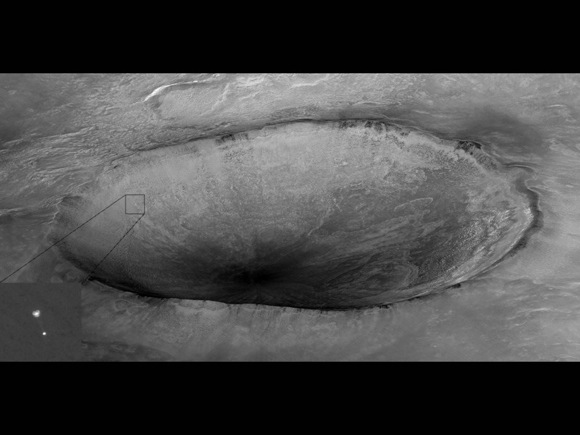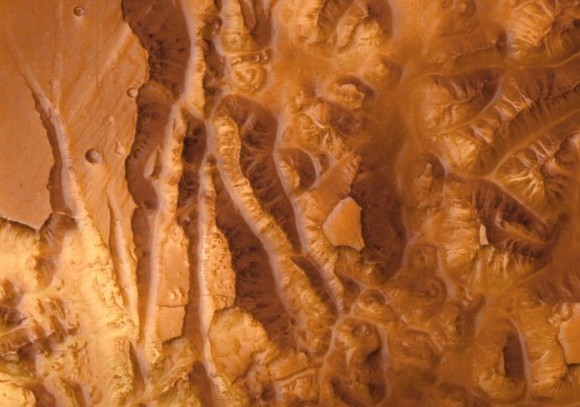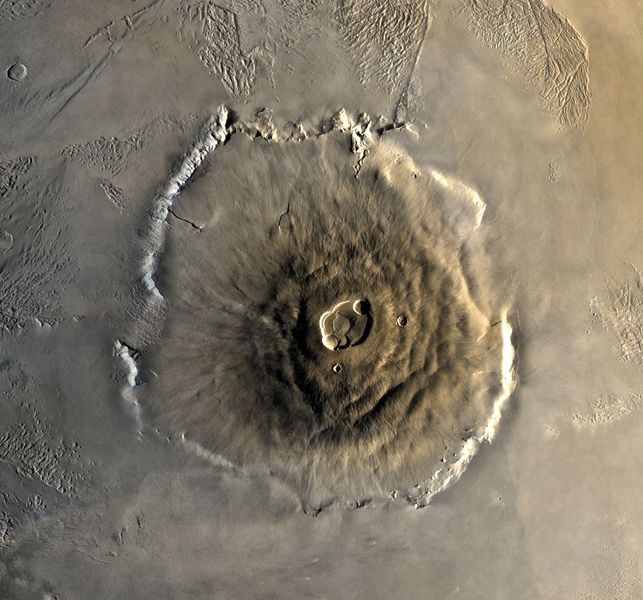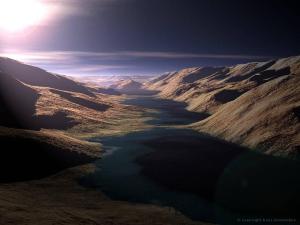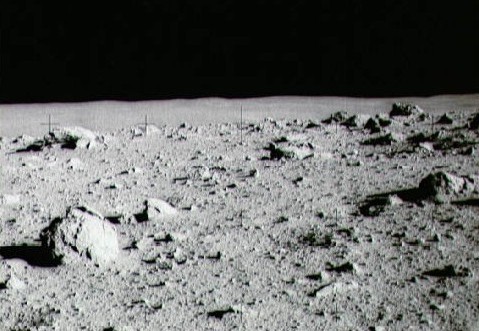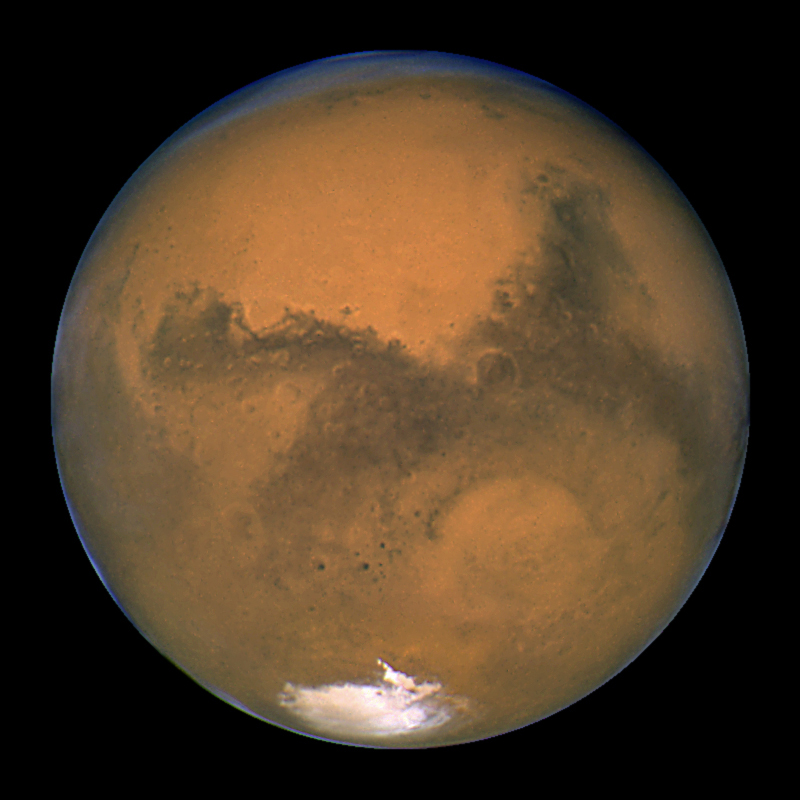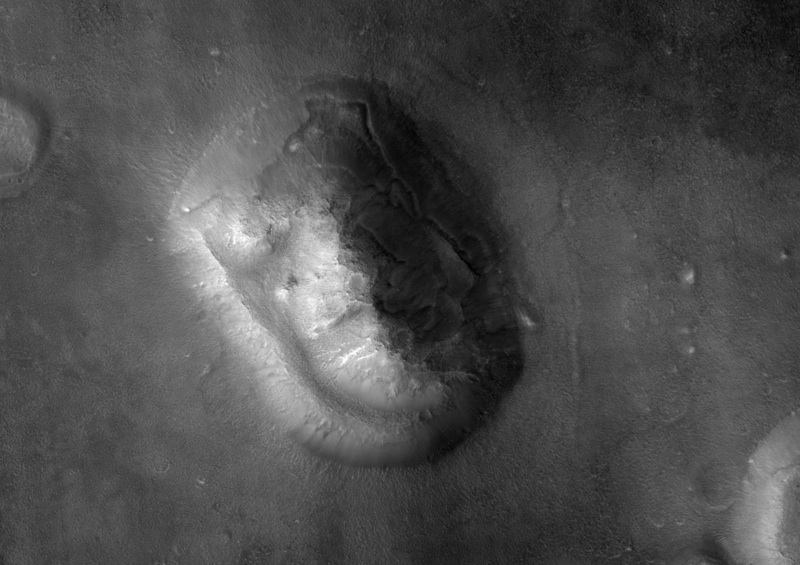When astronomers looked at the orbits of the planets, they felt that there could be a planet “missing” in between the orbits of Jupiter and Mars. In fact, this is where the asteroid belt is; a collection of large and small rocky objects.
Could this be the missing planet? Astronomers think that Jupiter formed early enough that its gravity ruined the chances for another planet to assemble itself in the region between Mars and Jupiter.
When you add up the total mass of all the objects in the asteroid belt, you only get enough material to be about the same size as Saturn’s relatively small moon Rhea. So you couldn’t really call that a planet.
However, back in the day when Jupiter formed, it’s possible that there was much more material in this region than what we see today. The intense gravity of Jupiter would have reached out and perturbed the orbits of the planetesimals in the region. Some would have been kicked out into the outer Solar System, and others would have been driven inward to collide with the Sun, or crash into the inner planets.
It’s also possible that a planet was there in the early Solar System, but then a large collision knocked it off course, and it spiraled inward or outward, never to be seen from again.
Here’s an article from Universe Today about water on asteroid Ceres, and an asteroid that broke up more than 8 million years ago.
Here’s the question answered at Astronomy Cafe, and a Wikipedia article about Phaeton (a hypothetical planet between Mars and Jupiter).
Finally, if you’d like to learn more about planet Mars in general, we have done several podcast episodes about the Red Planet at Astronomy Cast. Episode 52: Mars, and Episode 91: The Search for Water on Mars.





